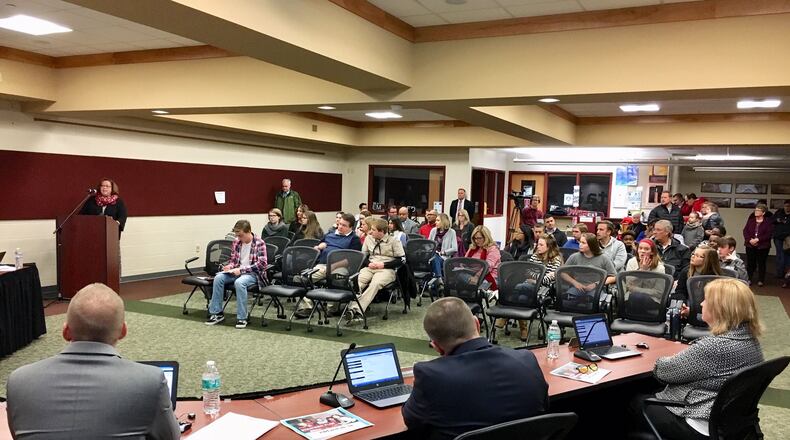What it means for students is an array of new classroom offerings — many still in development — starting next school year, all designed to lead to greater employment and post-secondary degree options.
And the district’s new emphasis on preparing future graduates for the work world will now be backed by specific mission statements designed to keep a focus on the goal of creating employable, future citizens.
The new strategic plan, which runs from 2019 to 2021, will not be static but regularly revised with measurable accountability to assure progress, said Lakota Superintendent Matt Miller.
“It’s a living, breathing document and it’s not just going into some binder and then put on a shelf to pull back out in 2021,” Miller told the board. “It’s a continual, on-going, roll-out of a plan.”
The new plan has been in the works for months and overall calls for a guiding document that is more student-centered with stipulations of modernizing the 16,500-student district’s learning options while also expanding career opportunities for its graduates.
School officials cited the plan’s four “Es”: Employment; Enlistment; Enrollment and Entrepreneurship.
Later this week the school system, which is the largest suburban district in Southwest Ohio and eighth biggest in the state, will unveil a “cyber academy” where high school students may learn — and earn certification — in the computer security industry.
District officials also touted new high school programs in 2019-2020 in computer science and technology, as well as computer integrated manufacturing, which will include students learning computer-assisted design (CAD) through the use of computer-aided manufacturing (CAM) software.
Last month — for the first time in Lakota history — the district passed out Chrome learning laptops to all its seventh and eighth grade students and plans to do the same for high school students in January.
Lakota school board Vice President Brad Lovell said of the plan “I’m completely supportive of everything in here.”
“And I’m happy to see there are goals we are going to measure,” said Lovell.
In other board action, members agreed at this last meeting of 2018 to hold the first meeting of the board in 2019 on Jan. 14.
That meeting will include the board’s organizational votes to determine who will hold the president and vice president positions for one year, and who will lead various board committees.
About the Author
